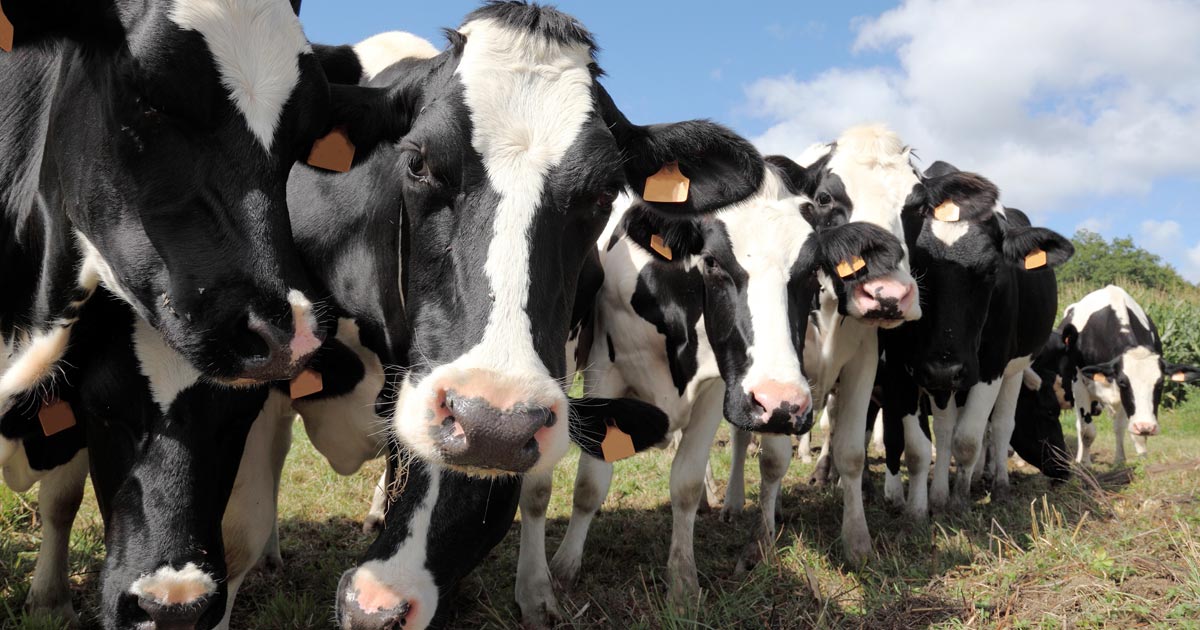6 Apr 2022
From the <em>Vet Times</em> archives – Paul Burr breaks down ways to counter this infection.

Image: gozzoli / Adobe Stock

Infectious bovine rhinotracheitis (IBR) is an important endemic disease in UK cattle.
Catastrophic IBR breakdowns in naive herds are relatively rare and IBR is less frequently found in respiratory outbreaks in calves than other respiratory viruses, but published evidence suggests chronic subclinical infection in a herd can have a substantial effect on performance.
A significant challenge prior to tackling any infectious disease on farm is demonstrating to the farmer a problem exists.
Antibody testing of milk samples is a straightforward way of assessing whether IBR is present in the herd (Table 1).
| Table 1. Bulk milk tests for infectious bovine rhinotracheitis (IBR) | ||
|---|---|---|
| Test | Result | Interpretation |
| IBR antibody | Positive | IBR infection or vaccination. |
| Negative | Herd free of IBR. | |
| IBR glycoprotein E antibody | Glycoprotein E positive | Wild-type IBR infection in the herd or perhaps use of a non-deleted vaccine as calves. |
| Glycoprotein E negative | No more than 20% of the herd is positive for wild-type IBR. | |
Bulk milk is an easily collected sample and can be a useful starting point for discussion in a number of infectious diseases.
For IBR, a negative result on the standard test indicates the milking herd is free of IBR, and as the bulk tank titre rises the estimated proportion of positive animals in the herd also rises. Due to the lower sensitivity of IBR glycoprotein E ELISAs, a negative result on this test cannot prove a herd is completely free of wild-type IBR infection; a negative result implies less than 10% to 20% of the herd is positive for IBR.
While a negative youngstock check test would not prove no infection in the herd, it would suggest lower levels of infection. If repeated on a number of occasions over a period of years, and supported by bulk milk test results, confidence in herd-negative status would increase.
A positive IBR result in a check test is a strong indication of infection in the lifetime of that animal due to the high specificity of the tests used.
IBR eradication can be challenging, as the presence or addition of a single latently infected animal to the herd can result in a full herd breakdown if the virus recrudesces when the animal is stressed.
Herds with little or no immunity to IBR must take great care to quarantine and test added animals, and, unless it is certain no IBR carriers are present, they are at risk, even if the biosecurity is perfect.
IBR vaccination is worth considering in most herds and vaccine can be used during a herd IBR breakdown to reduce transmission of virus. Vaccination can protect calves and heifers from infection, and, over a period of years, eradicate IBR from the herd as wild-type infected animals leave and are replaced by marker vaccinated, wild-type, IBR-negative animals.
Endemic infectious diseases, such as IBR, in the national herd have substantial economic and welfare implications. The first step in controlling these infections is knowing the herd status.
Once herd status is known, the information should be used to complete a herd health plan that targets either keeping infection out of the herd or reducing and eliminating infection, and resulting adverse economic effects over time.